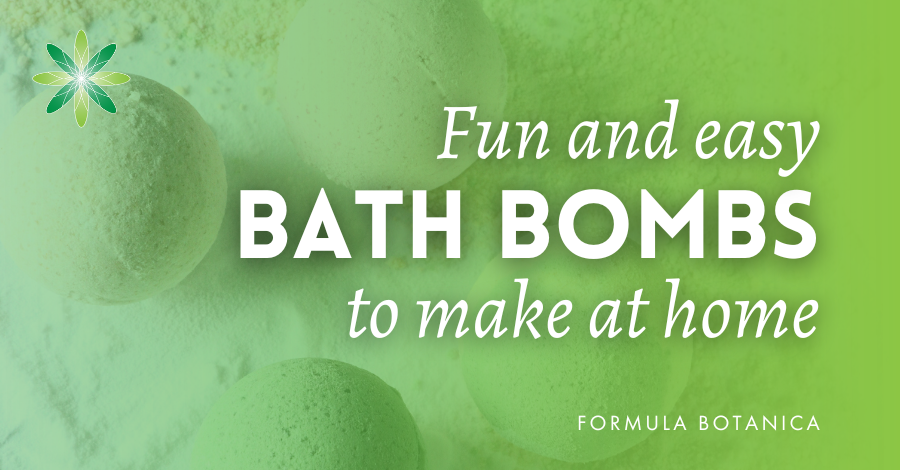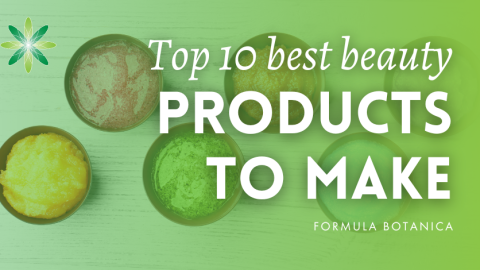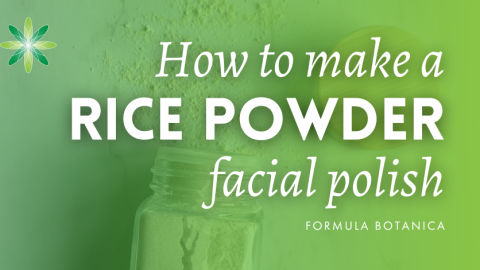What is the skin microbiome?
The human microbiome refers to the plethora of microbes found in and on the body. These microbes form ecological communities called microbiota; the human microbiota includes hundreds of species of bacteria, fungi, mites and viruses. There is still so much to learn on this topic but scientists and formulators are becoming increasingly interested in the skin microbiota since each square centimetre of the skin has approximately one million microorganisms meaning that they must have a significant influence on our general health and the health of our skin.Why is the skin microbiota of interest to cosmetic science?
You will be aware that skin is our largest organ and it is not the same all over the body. We have oily sites – face and scalp; dry sites – hands and forearms; and moist sites – feet and armpits. The microbes found all over our body are based on the skin properties of the area being considered and more often than not, skin conditions are quite site specific. Each of us has a different skin microbiota; however, If we try to understand how our microbes interact with our skin, we can further our methods in creating products which are able to cater more precisely to these ecological communities.What causes an imbalance in the skin microbiota?
The skin microbiome prefers a relatively acidic environment, around pH 5.0, which also inhibits the growth of pathogens. However, changes can occur within the microbiota due to pH variances, sebum content, barrier function, hydration, lifestyle, climate, gender, age and ethnicity. Any change that occurs can lead to dysbiosis – which occurs when there is an imbalance of microbes – which can impair the microbiota. It is currently unclear whether a shift in the microbiome is necessarily problematic as it occurs naturally during the course of life and is also dependent on multiple external factors, as previously described. However, dysbiosis has been linked to a range of skin conditions such as eczema, dandruff, acne and dermatitis and can sometimes lead to infections. This leads us to believe that maintaining or restoring a microbial balance is in our skin’s best interest.Does microbiome skin care really help the skin maintain its balance?
There is still a great deal of research being done into understanding more about the microbiome but we do know that in order to support the regrowth of microbes and maintain a healthy microbial balance we should try and offer an optimal physical and chemical environment. This is where skin care products come in which is a really interesting and exciting research opportunity for cosmetic science. By creating a beneficial skincare formulation, we can influence skin health by moisturising, re-fatting and regenerating the epidermal skin barrier, thus maintaining healthy skin and supporting the natural skin microbiome. There is speculation that certain preservatives have been known to disturb the microbial balance. However a formulation’s components (despite the preservative system) should have the most impact on skin health and thus also on the skin microbiome. Microbiome skincare is trending but what exactly is it? Explore skin-friendly pre and probiotic ingredients in this @FormulaBotanica microbiome serum formula. #microbiome #microbiomeskincare #probiotics Share on X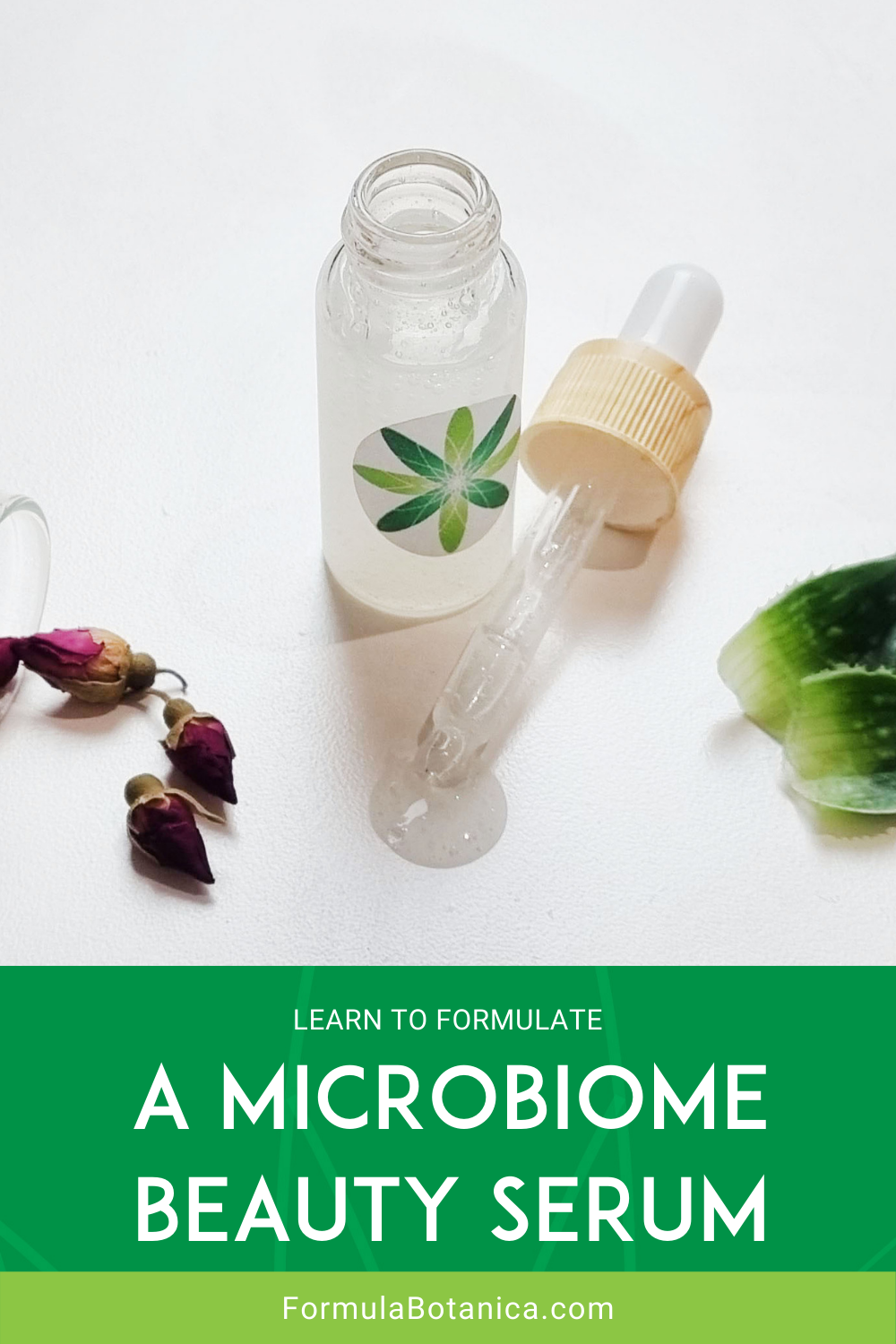
Formulating Microbiome Skincare: a dual approach
There are two strategies which are being used in formulations for so-called microbiome skincare: the first is the use of ‘biotics’; and the second is by using ingredients which are ‘gentle’ and ‘respect’ the microbiome. Prebiotics describe nutrients such as sugars, which are used to promote the growth of certain beneficial microorganisms in a microbiome. While probiotic skincare uses living microorganisms that are intended to optimise or balance the microbiome. However, the probiotic skincare approach using live bacteria is not one that is currently common in the cosmetic industry, and very few companies have tried and succeeded in this field. Instead, when we talk about probiotic skincare we are usually referring to probiotic lysates. These are bacteria that have been destroyed and processed to create ingredients that we can easily incorporate into our formulations and that are said to have a similar effect to living ones. The other approach is to create ‘microbiome-friendly’ formulations which are gentle, balanced and provide moisturising and epidermal barrier strengthening benefits.Ingredients for a microbiome skincare formulation
We mentioned earlier the speculation surrounding preservatives and their connection to dysbiosis, although a formulation can overcome this by delivering restorative and impactful ingredients. This formulation was designed with a ‘microbiome-friendly’ mind-set and so choosing a preservation system proved challenging. Leucidal® SF MAX and AMTicide® VAF were combined at the supplier’s suggested levels to preserve our formulation. However, it is important to note that the efficacy of this preservation system is not guaranteed. In order to ensure the product is safe for consumers and to be able to set an accurate shelf life, it must undergo microbial challenge testing. We understand that ingredient availability across the world can vary and for this reason you can easily substitute ingredients in this formulation. However, we do advise that you try and source the following: Biolin by Gobiotics Biolin is a mixture of gluco-oligosaccharide and Inulin obtained from chicory root via an original enzymatic synthesis process using a glycosyltransferase. It works as a food supplement prebiotic for the skin microbiota thus stimulating the growth of beneficial resident flora while the foreign and often harmful organisms cannot digest Biolin. Its bioselectivity as a substrate enables it to restrict the growth of pathogenic flora and protects the skin ecosystem, allowing it to recover faster and restoring the balance. Probacillus Revive by Formulator Sample Shop Probacillus Revive was designed to intensely repair and renew damaged skin and also work as a skin care probiotic ingredient. It is created by fermenting Lactobacillus bulgaricus cells in a unique media supplemented with soy and chicory derived prebiotic components. These conditions encourage the production of synergistically-active compounds which have shown the ability to enhance cellular renewal, promote collagen synthesis and deeply moisturise the skin.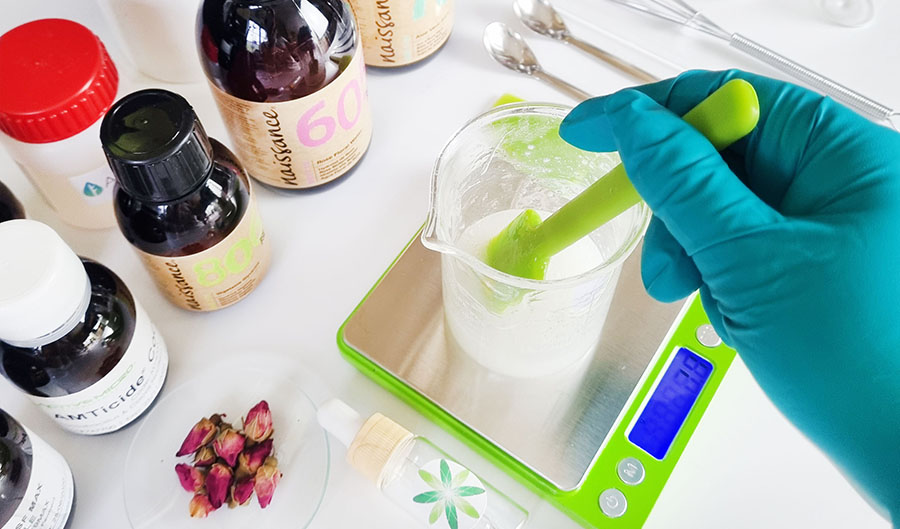
Microbiome beauty serum: our formulation
We have created a simple formulation but which still manages to incorporates both strategies mentioned above with the aim to encourage symbiosis within the skin microbiota. This means creating a mutualistic relationship between all the microbes living on our skin, based on our current understanding of this complex, skin-bound ecosystem. Probiotic Microbiome Serum Formula Makes: 50 grams Time taken: 30 minutes| Phase | Ingredients | INCI | Weight |
| A1 | Water | Aqua | 17.95 |
| A2 | Rose floral water | Rosa Damascena Flower Water, Potassium Sorbate, Citric Acid, Sodium Benzoate | 5.00 |
| A3 | Sodium Gluconate | Sodium Gluconate | 2.50 |
| A4 | D-Panthenol | Aqua, Panthenol | 1.00 |
| B1 | Leucidal® SF Max | Lactobacillus Ferment | 2.00 |
| B2 | AMTicide® VAF | Bacillus Ferment & Saccharomyces Ferment Filtrate | 0.50 |
| C1 | Biolin Inulin | Alpha-glucan oligosaccharide | 1.25 |
| C2 | Probacillus Revive | Lactobacillus Ferment Lysate | 2.50 |
| D1 | Xanthan Gum | Xanthan Gum | 0.30 |
| D2 | Vegetable Glycerine | Glycerin | 2.00 |
| D3 | Aloe vera juice | Aloe Barbadensis Leaf Juice, Citric Acid, Potassium Sorbate, Sodium Benzoate | 15.00 | Total: 50.00 |
Method of Manufacture
- Measure Phase A
Measure out all the phase A ingredients in a beaker, heat between 35-40°C.
- Measure Phase B and mix A-B
Measure out phase B in a separate beaker, mix together then add to phase A.
- Add Phase C
Ensure the temperature of AB is below 45 degrees. Into the beaker containing phase AB, measure out C1 and mix using a spatula, then measure C2 and mix using a spatula.
- Phase D
Mix D1 and D2 together to make a paste, add D3, scrape the edged down and combine using a spatula then using a hand whisk combine phase until a smooth gel is formed.
- Combining Phases
Slowly pour the solution of ABC into phase D a little at a time, mixing the liquid in fully with a spatula before adding more. Repeat this until all the liquid has been transferred into the gel.
- Checking pH
Check the pH of the product is around pH 4.8-5.0, It should not need further adjusting. If it does, make up a 10% solution of A3 – Sodium Gluconate and adjust the pH.
- Bottle
Transfer into your chosen bottle and label for your records.
Suggested Suppliers
Leucidal® SF Max: – Formulator Sample Shop (EU) and Formulator Sample Shop (US) AMTicide® VAF: Formulator Sample Shop (EU) and Formulator Sample Shop (US) Biolin Inulin, Gobiotics and Cosmetic Ingredients (UK) Probacillus Revive: Formulator Sample Shop (EU) and Formulator Sample Shop (US)FAQs
Our skin plays host to myriad microbes which form ecological communities called microbiota. Collectively, they are called the skin’s microbiome and include hundreds of species of bacteria, fungi, mites and viruses. The sheer volume of microbiota means that scientists have far more to research about their role in both our skin’s and overall health. Cosmetic chemists and formulators are particularly keen to discover more about how our the skin’s microbiota so they can formulate products that work in harmony with rather than to the detriment of our skin microbiome.
While there is far more research needed on just how our skin microbiome functions, there are microbiome skincare products on the market using pre- and probiotic formulations that are said to help maintain a healthy, balanced skin microbiome. Prebiotics are usually natural sugar-derived nutrients used to promote the growth of certain beneficial microorganisms while probiotic formulations use live microorganisms to optmise and balance our skin biome. Both are very new fields in cosmetic science. Look for formulations that are skin-friendly and gentle and that won’t strip the skin of its natural, beneficial microbiota.
Join us at Formula Botanica, where tens of thousands of students and followers take our free and paid online courses to learn how to formulate organic skincare and haircare for themselves or to sell and also how to set up a beauty brand and business.
Leave us a comment

Rouah was a member of the Formula Botanica team between 2020-2022. Rouah is a cosmetic chemist with many years’ experience as a formulator, product and project manager and scientific advisor in the cosmetic industry. Passionate about understanding the science behind raw ingredients, Rouah also has a deep interest in wellbeing, sustainable action, and social influence.


